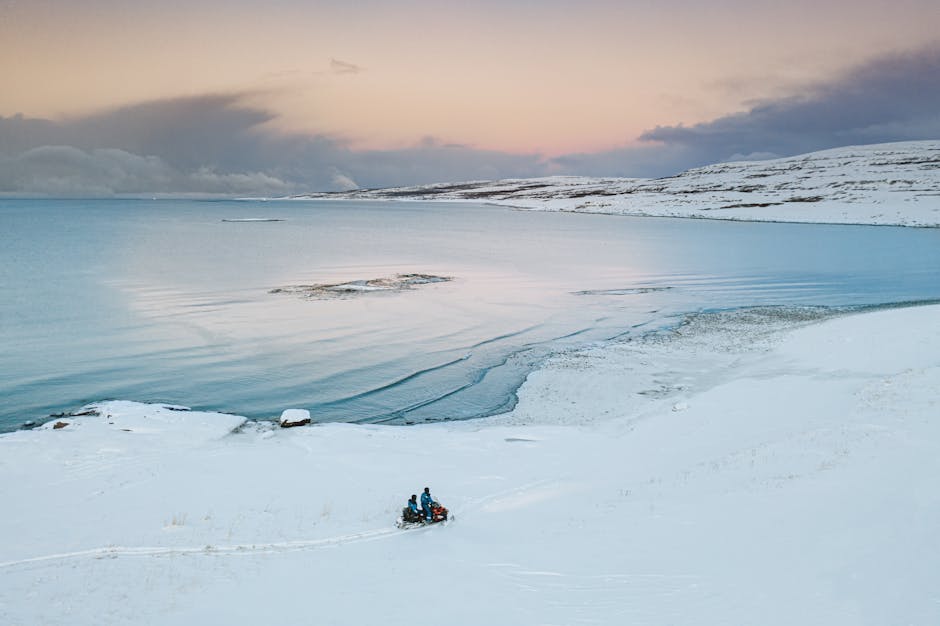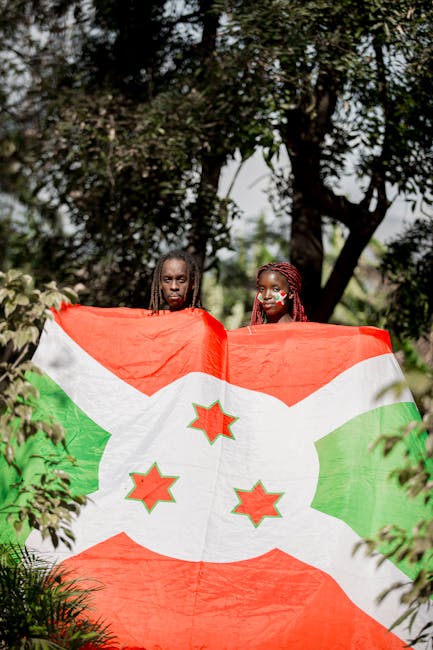-
Exercise Name: Naval Exercise INDRA-2025
-
Edition: 14th
-
Participating Nations: India and Russia
-
Dates: March 28 to April 2, 2025
-
Location: Chennai (Harbour Phase) and Bay of Bengal (Sea Phase)
-
Phases:
- Harbour Phase: Expert exchanges, ship visits, sports in Chennai.
- Sea Phase: Tactical maneuvers, anti-air operations, helicopter landings in the Bay of Bengal.
-
Participating Ships: Russian ships Pechanga, Rezkiy, Aldar Tsydenzhapov; Indian warships Rana, Kuthar, and P-8I aircraft.
-
Objective:
- Enhance interoperability to counter maritime threats.
- Promote global peace and stability.
- Strengthen joint operations.
- Reinforce India-Russia defence ties.
- Enhance collective maritime security.
- Show commitment to rules-based maritime order.
-
Activities: Coordinated maneuvers, simulated engagements, exchange of best practices.
-
Significance:
- Cornerstone of India-Russia defence relations since 2003.
- Demonstrates shared commitment to maritime security.
- Addresses contemporary maritime security challenges.
- Fosters understanding of operational doctrines.
- Enhances the ability to operate seamlessly in complex maritime environments.
10.04.25
Arctic Biome
-
Arctic Tundra as a Carbon Source: The Arctic Boreal Zone (ABZ), including the Arctic tundra, is shifting from a carbon sink to a carbon source due to increased wildfires and permafrost thaw.
-
NOAA’s 2024 Arctic Report Card: Confirms that frequent fires and fossil fuel pollution are turning the Arctic tundra into a carbon source.
-
Nature Climate Change Study (2025): Found that over 30% of the ABZ has stopped sequestering carbon and is now releasing it.
-
Permafrost Thaw: Rising temperatures cause permafrost to thaw, releasing carbon dioxide and methane, accelerating global warming.
-
Wildfire Feedback Loop: Wildfires release carbon, increasing global warming, which thaws more permafrost, leading to more fires and emissions.
-
Key Areas of Carbon Emission: Alaska accounts for 44% of new ABZ emissions, with northern Europe and Siberia contributing 25% and 13% respectively.
-
Loss of Carbon Absorption: Carbon emissions from the longer, non-summer months in the ABZ have surpassed carbon dioxide absorption during the summer.
-
Extreme Weather Events: Wildfires are increasing in frequency and intensity, releasing large quantities of carbon into the atmosphere.
-
India’s Involvement: India studies climate impacts in the Arctic via its Himadri research station and participates in the Arctic Council, focusing on sustainable development.
-
Global Wildfires: Fires in Texas, Oklahoma, California, and Japan released substantial carbon, highlighting the global scale of carbon emissions from wildfires,
Ottawa Treaty
-
Withdrawals from the Ottawa Convention: Several NATO members, including Poland, Finland, Estonia, Latvia, and Lithuania, are withdrawing from the 1997 Ottawa Convention (Landmine Treaty).
-
Reason for Withdrawal: Increased security threats from Russia, amid the Russia-Ukraine war, are the primary reason. Countries fear Russia may re-arm during a ceasefire and pose a greater danger. They also want to level the playing field with Russia, which is not a signatory to the treaty.
-
Ottawa Convention (1997): It bans the use, production, stockpiling, and transfer of anti-personnel landmines. Signatories must destroy stockpiles within 4 years, clear mined areas, and assist victims.
-
Impact of Withdrawals: Countries can resume producing, using, stockpiling, and transferring landmines.
-
Funding Cuts: Global demining efforts are suffering from significant cuts in US funding. The US has historically been the largest funder of mine action.
-
Civilian Victims: Over 80% of landmine victims are civilians. Ukraine is now the most mined country globally, with a high number of civilian casualties.
-
Stockpile Obligations: The convention requires countries to destroy landmine stockpiles within four years, but compliance is not universal.
-
Cluster Munitions: Some countries withdrawing from the Landmine Treaty are also considering leaving the Convention on Cluster Munitions. The US, which is not a signatory, transferred cluster munitions to Ukraine in 2023.
Bear Market
- Definition: A bear market is characterized by a sustained decline of 20% or more in a stock market index or individual security from a recent peak.
- S&P 500: The S&P 500 recently briefly entered bear market territory for the first time since 2022.
- Investor Sentiment: Bear markets are typically associated with widespread investor pessimism and large-scale selling of assets.
- Causes: Bear markets can be triggered by weak economic conditions, anticipated slowdowns, overvalued markets, or external events like wars or oil supply shocks.
- Recession Link: Bear markets often precede recessions (economic slowdowns), but not always.
- Frequency: Historically, US stocks have entered bear market territory roughly every 6 years.
- Duration: In the US, bear markets have lasted about 18.9 months on average.
- Global Examples: The Indian stock market experienced a severe bear market during the 2008 global financial crisis, with the Nifty 50 index dropping over 35%.
- Investor Action: A “bear” is an investor who expects prices to decline and sells borrowed securities hoping to buy them back cheaper later (selling short).
- Market Correction: A market correction is a decline of at least 10%, while a bear market is a decline of at least 20%.
Akash SAM
- India offers Akash SAM to UAE: India has offered its indigenous Akash air defence missile system to the United Arab Emirates (UAE)
- Increased Defence Cooperation: India and the UAE aim to strengthen bilateral defence cooperation, including military exercises, training exchanges, defence-industrial collaboration, joint projects, R&D, and technology transfer.
- Export Push: India is actively promoting the export of Akash, Pinaka, and BrahMos missile systems to friendly nations, particularly in the Gulf and ASEAN regions.
- Akash SAM Features: Akash is a short-range surface-to-air missile with a range of 4.5 to 25 km, designed to protect vulnerable areas from air attacks, capable of engaging multiple targets and has ECCM features.
- Indigenous Development: Akash is designed and developed by India’s DRDO and produced by Bharat Dynamics Ltd (BDL).
- First Foreign Buyer: Armenia is the first foreign country to purchase the Akash missile system.
- Make in India & Emirates: Focus on complementarities between India’s “Make-in-India” and the UAE’s “Make-in-Emirates” initiatives.
- Trilateral Cooperation: India and the UAE are collaborating with France in a trilateral framework for defence, technology, energy, and environment.
- Joint Exercises: India, UAE, and France conducted “Desert Knight” air combat exercise and maritime partnership exercise to enhance military interoperability.
- Existing Indian Exports: India has already exported BrahMos to the Philippines.
The Universe’s Mirror
-
CP Violation Confirmed in Baryons: CERN’s LHCb experiment has confirmed Charge-Parity (CP) violation in baryons, specifically the lambda-b (Λb) particle. This is the first discovery of CP violation in baryons to surpass the five-sigma statistical threshold.
-
What is CP Violation? It’s a difference in the behavior of matter and antimatter under combined charge conjugation (C) and parity transformation (P). Ideally, matter and antimatter should behave identically.
-
Lambda-b Baryon Decay: Scientists observed the lambda-b baryon decaying into a proton, a kaon, and two pions. A difference in decay rate between the lambda-b baryon and its antimatter counterpart signifies CP violation.
-
Matter and Antimatter Basics: Matter has mass and occupies space, composed of atoms and molecules. Antimatter consists of particles that are mirror counterparts of matter, with opposite electric charge.
-
Matter-Antimatter Interaction: When matter and antimatter collide, they annihilate each other, producing gamma rays.
-
Baryon Asymmetry Importance: The universe’s dominance of matter over antimatter (baryon asymmetry) remains a significant unsolved puzzle in physics.
-
Antimatter Uses: Positrons are used in PET scans for cancer detection. CERN produces nanograms of antimatter annually for research.
India’s Climate Beacon
- India’s First Climate Change Station: Inaugurated in Nathatop, Jammu & Kashmir (J&K), at 2,250 meters above sea level.
- Strategic Location: Chosen for clean air and minimal pollution, ideal for accurate atmospheric measurements.
- Research Focus: Studies cloud formation, aerosol interactions, and weather patterns in the Himalayas.
- ICE-CRUNCH Project: Launch of Indo-Swiss joint research to study Ice Nucleating Particles (INPs) and cloud condensation nuclei, crucial for climate modeling.
- Global Significance: Enhances India’s role in climate science and supports net-zero emissions target (by 2070).
- Gateway to Himalayan Climate Research: Facilitates cutting-edge climate research in the north-western Himalayas.
- Collaboration: Involves Ministry of Earth Sciences, J&K Forest Department, Central University of Jammu, and Swiss National Science Foundation.
- WMO Global Atmospheric Watch (GAW): Aims to become a long-term research hub affiliated with the program, integrating data into global climate models.
- Capacity Building: Plans to train young scientists and develop climate modelling capabilities in India.
- Economic Growth: Preserving Himalayas could unlock vast resources that could play a pivotal role in India’s future economic growth.
- Addressing Climate Concerns J&K also joins India’s global headways in addressing the climate concerns.
Thar Desert
- Greening Trend: The Thar Desert has experienced a 38% annual increase in greening over the past two decades.
- Driving Factors: Increased monsoon rainfall and agricultural expansion are the primary drivers behind this greening trend.
- Groundwater Impact: Groundwater contributes significantly to vegetation growth, accounting for 55% of the annual impact, compared to precipitation’s 45%.
- Unique Desert: The Thar Desert is unique, showing a concurrent rise in population, rainfall, and vegetation in recent decades.
- Location and Size: The Thar Desert, also known as the Great Indian Desert, is a large arid region in the northwestern part of the Indian subcontinent. It covers approximately 200,000 sq. km.
- Boundaries: Bordered by the Sutlej River (northwest), Aravalli Mountain Ranges (east), Rann of Kutch (south), and Indus Valley (west).
- Climate: The desert has extreme temperatures (hot summers, cold winters) with low rainfall (100-500 mm annually).
- Mineral Rich: The Thar Desert is rich in minerals like coal, gypsum, limestone, salt, and bauxite.
Desert Rose
-
Cultivation in Tamil Nadu: Tiruvallur district is seeing increased cultivation of Adenium obesum, also known as Desert Rose.
-
Ornamental Popularity: The plant is gaining attention as a novel and ornamental houseplant.
-
Botanical Information: Adenium obesum is a succulent shrub belonging to the dogbane family (Apocynaceae).
-
Native Regions: Native to arid regions of Africa and the Arabian Peninsula.
-
Desert Adaptation: It thrives in desert or dry shrubland biomes.
-
Distinctive Features: Characterized by trumpet-shaped flowers and a swollen trunk for water storage.
-
Flower Characteristics: Flowers are fragrant, attract pollinators, and range in color from white to deep red.
-
Drought Tolerance: Known for its ability to survive long periods without rainfall.
-
Slow Growth: It is a slow-growing plant, adding only about 12 inches per year.
-
Bonsai Use: Also used in bonsai cultivation.
Rafale-M: The Naval Rafale
- Deal Approved: The Cabinet Committee on Security (CCS), chaired by the Prime Minister, approved a ₹63,000-crore deal to procure 26 Rafale-M fighter jets from France for the Indian Navy.
- Contract Timeline: The contract is expected to be signed later this month (April 2025). Deliveries will begin 3.5 years after the contract is signed and complete in approximately 6.5 years.
- Jet Composition: The deal includes 22 single-seater Rafale-M jets (carrier-compatible) and 4 twin-seater trainer variants (non-carrier compatible).
- Operational Use: The jets will operate from India’s aircraft carriers, INS Vikramaditya and INS Vikrant.
- Purpose: To enhance naval airpower, counter China’s naval capabilities in the Indo-Pacific, and replace aging MiG-29Ks.
- Rafale-M Features: Naval variant of the Rafale fighter jet, with reinforced landing gear, tailhook for carrier landings, and foldable wings.
- Controversies: Past concerns included allegations of procedural violations and high costs.
- Make in India: Dassault-Reliance JV manufactures 30% of components domestically.
- Background: The Indian Air Force already operates 36 Rafale jets acquired in a 2016 deal.
- Naval Exercise: The Indian Navy observed the Rafale-M’s performance on the French aircraft carrier Charles de Gaulle during the Varuna exercise.
- Further Deals: A separate deal for three additional Scorpene-class submarines is awaiting CCS approval.









